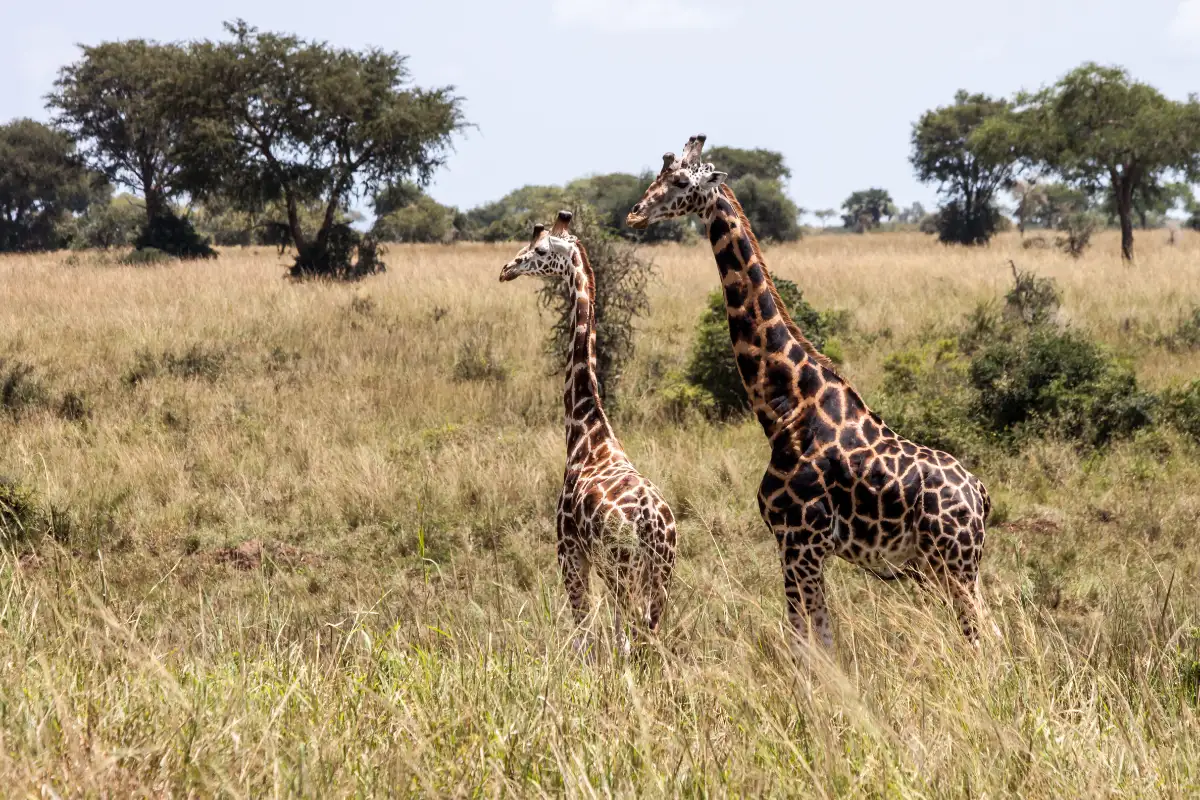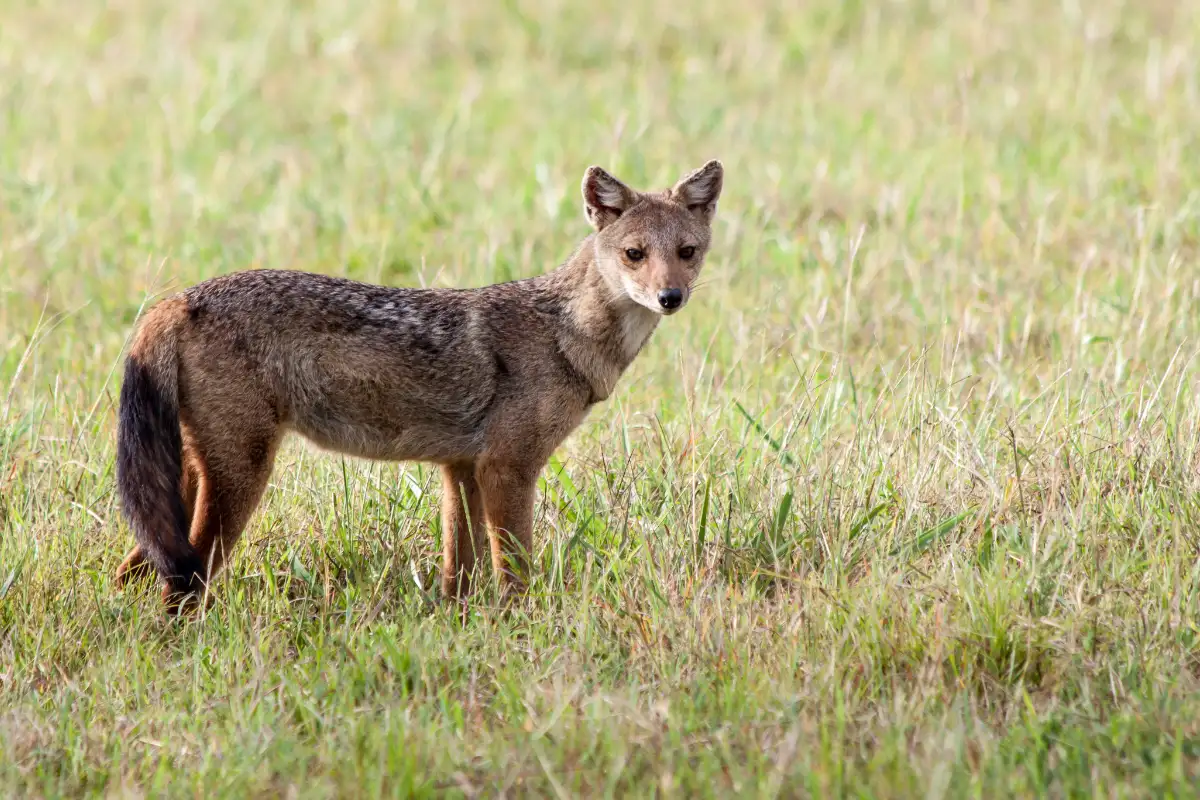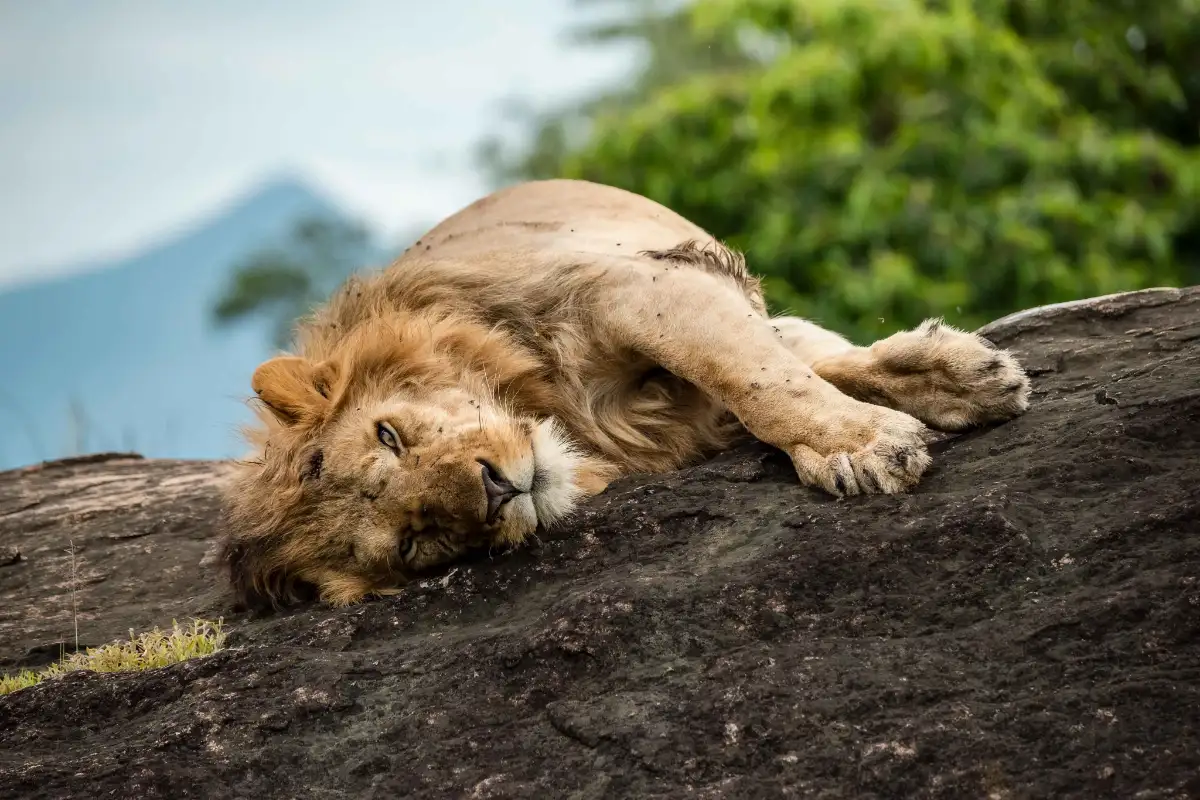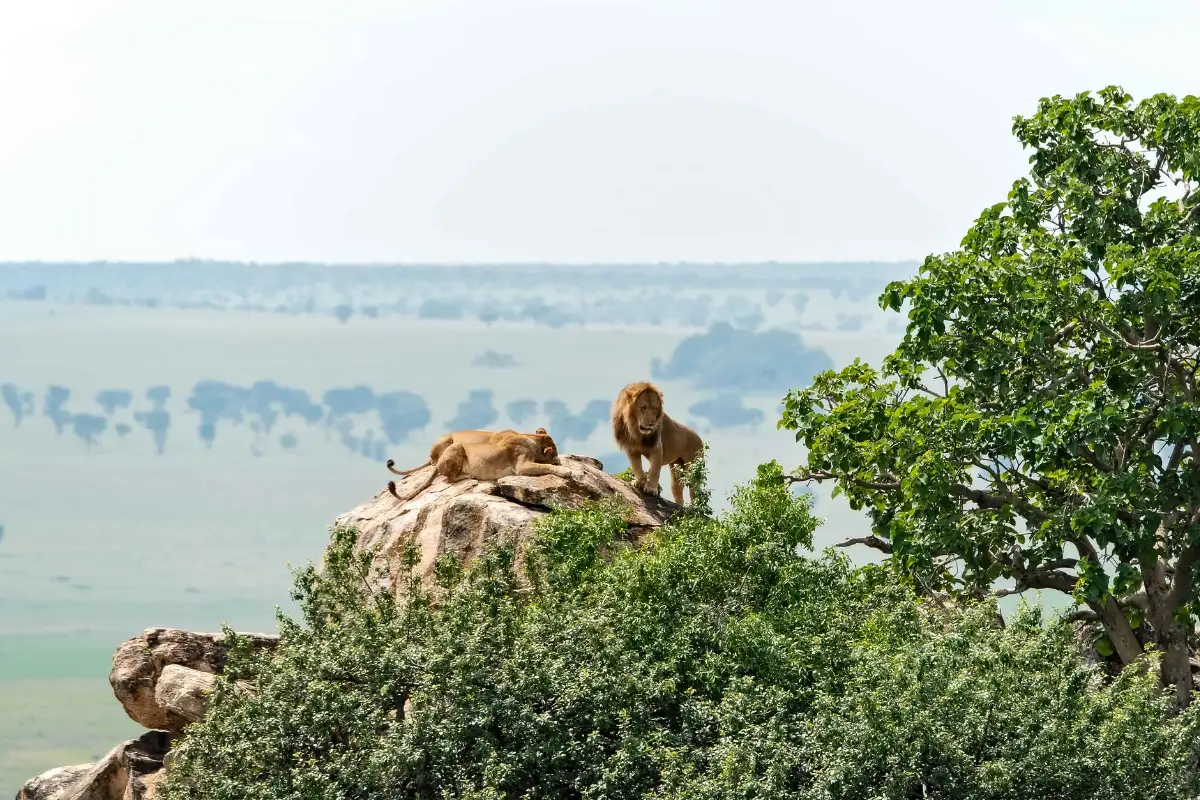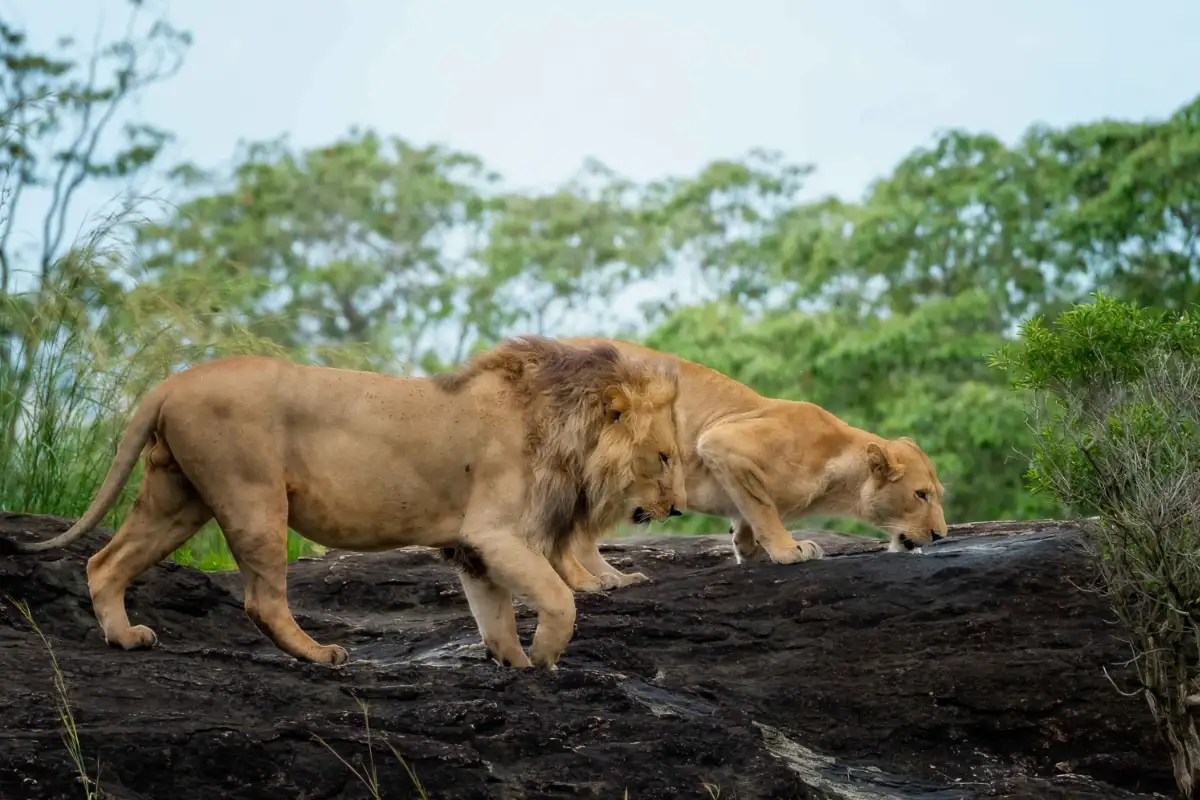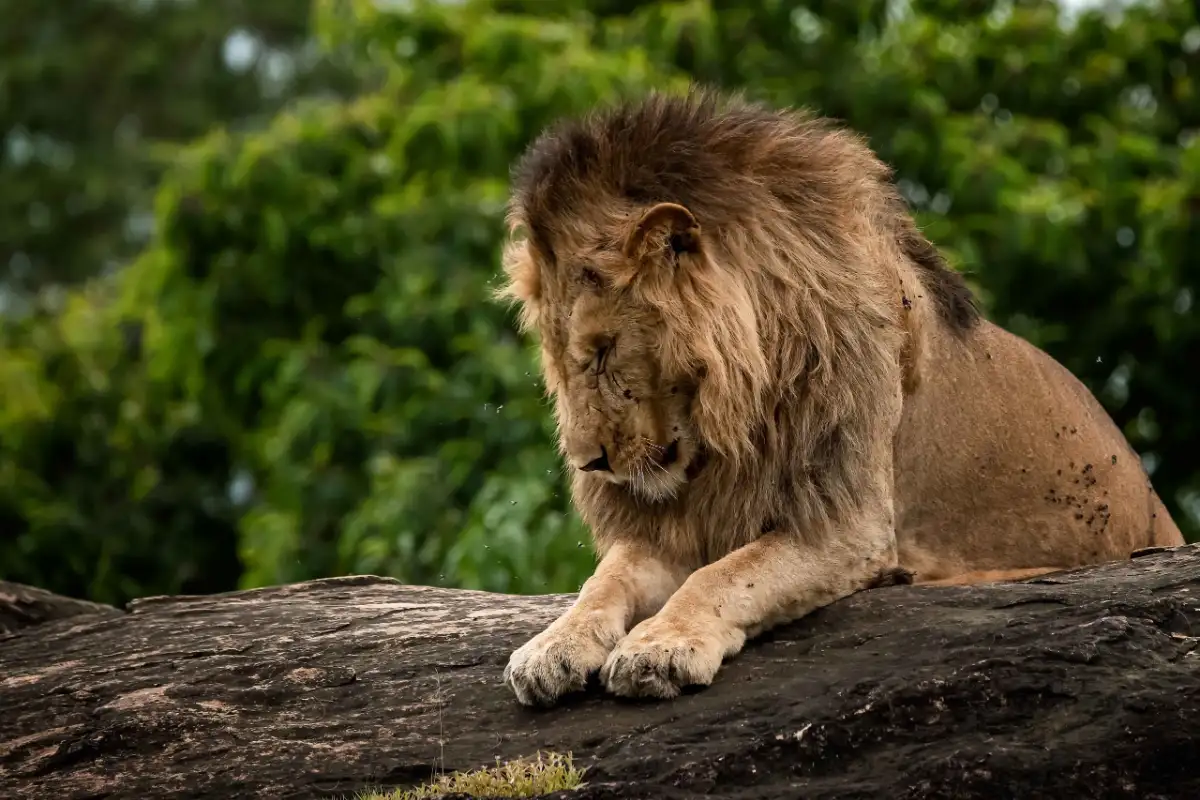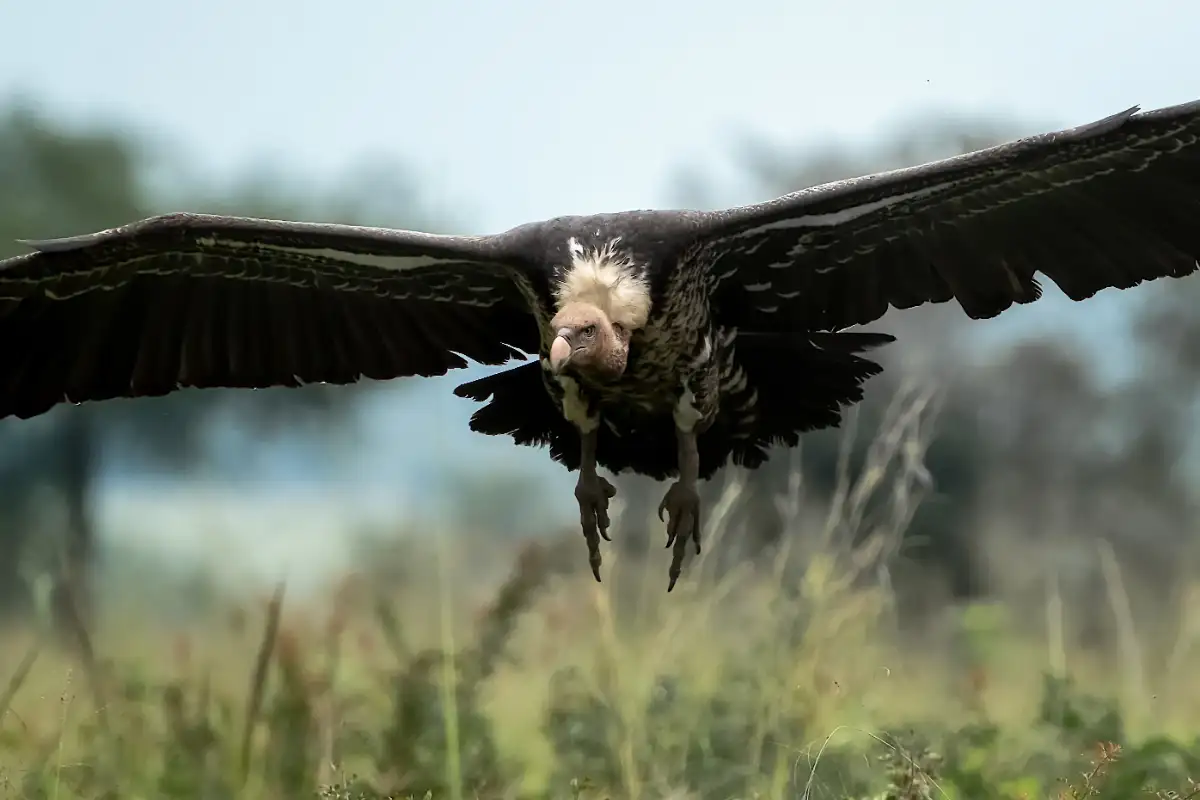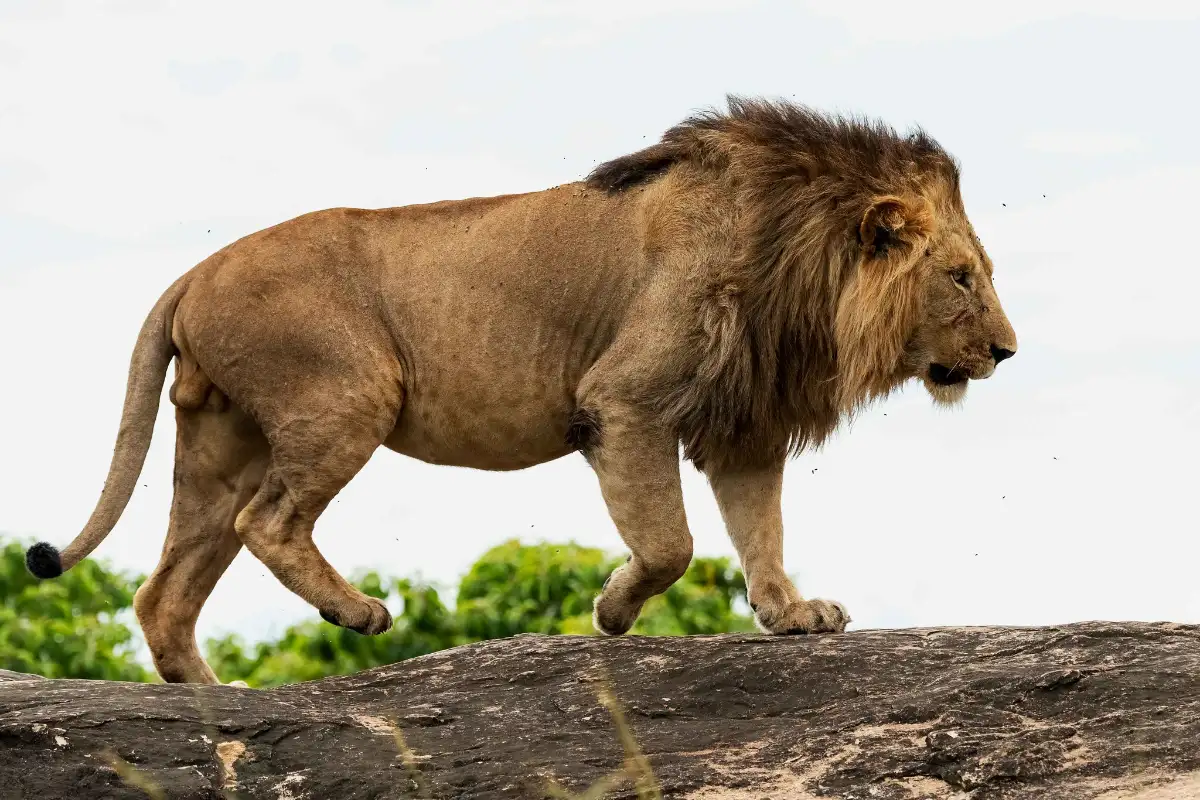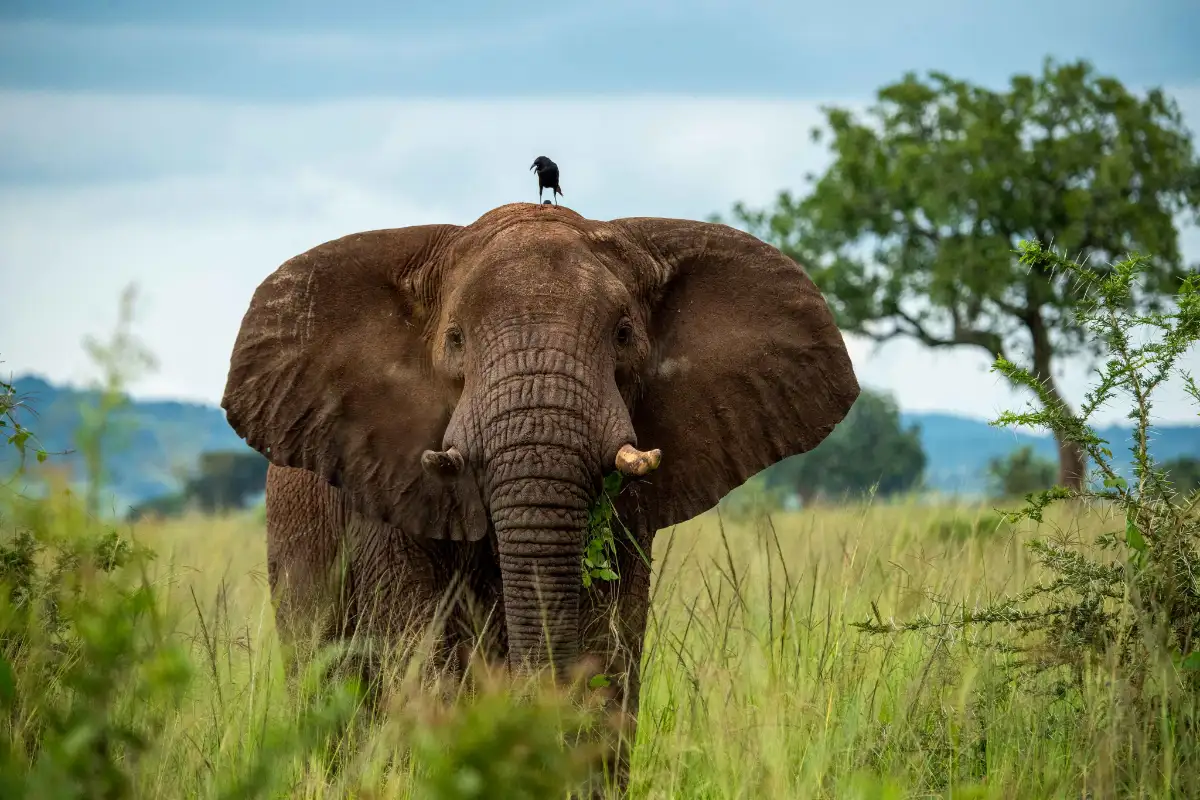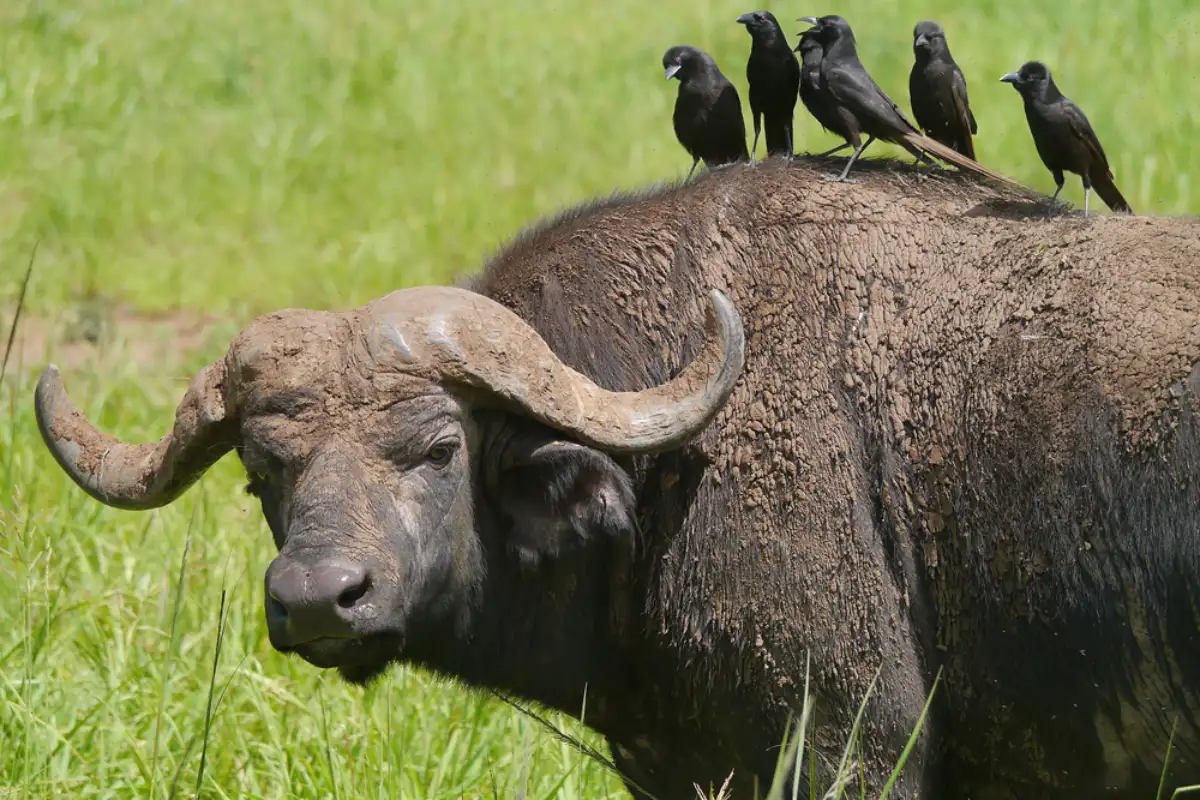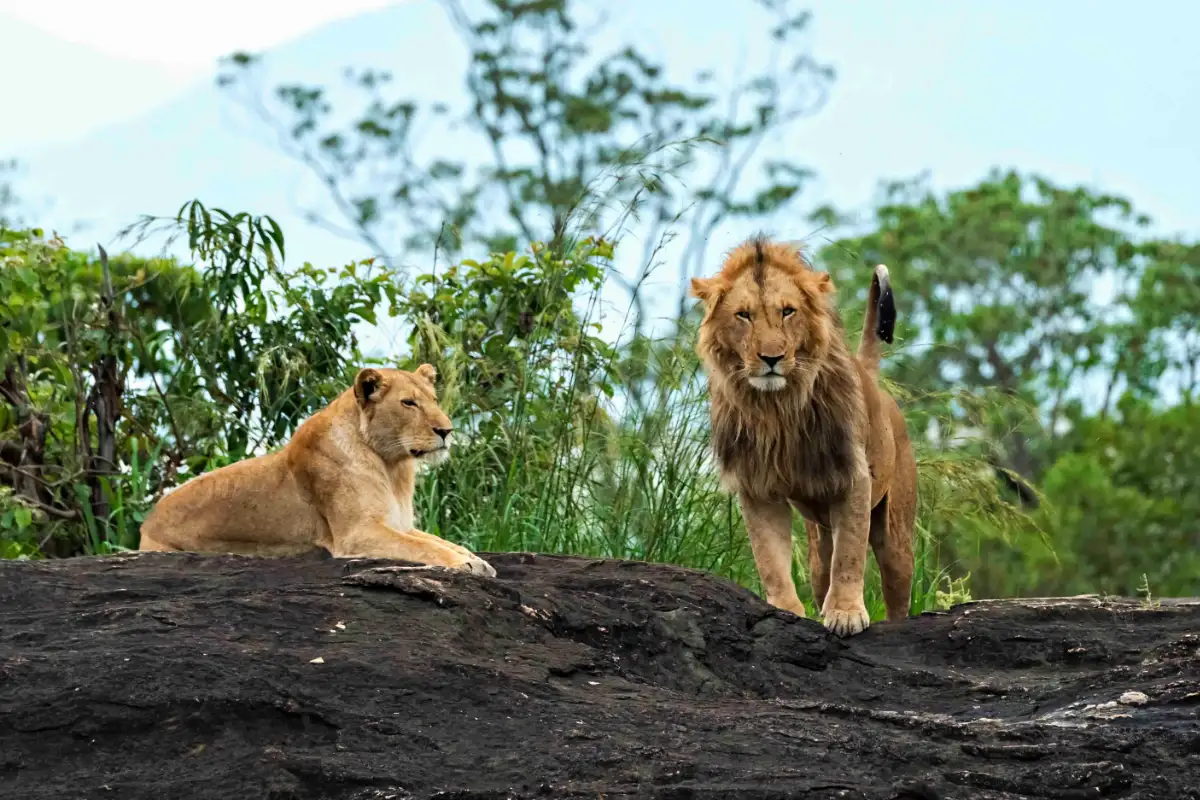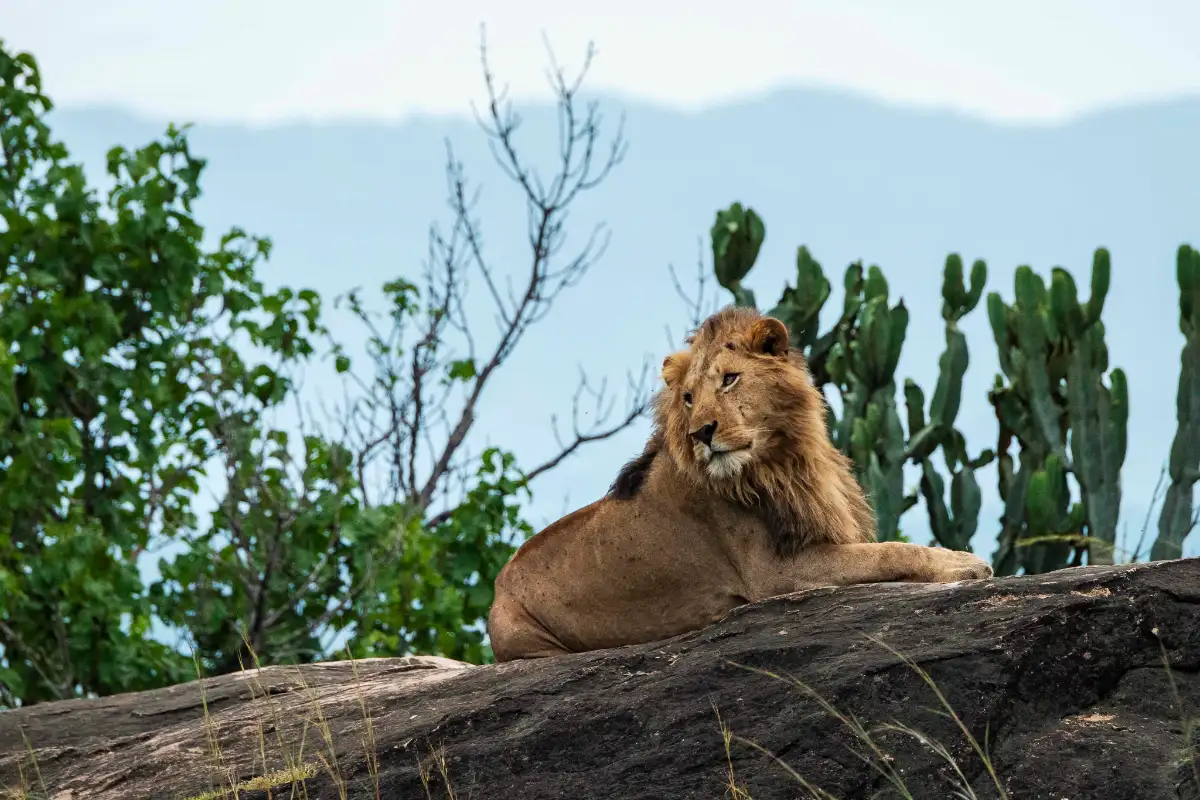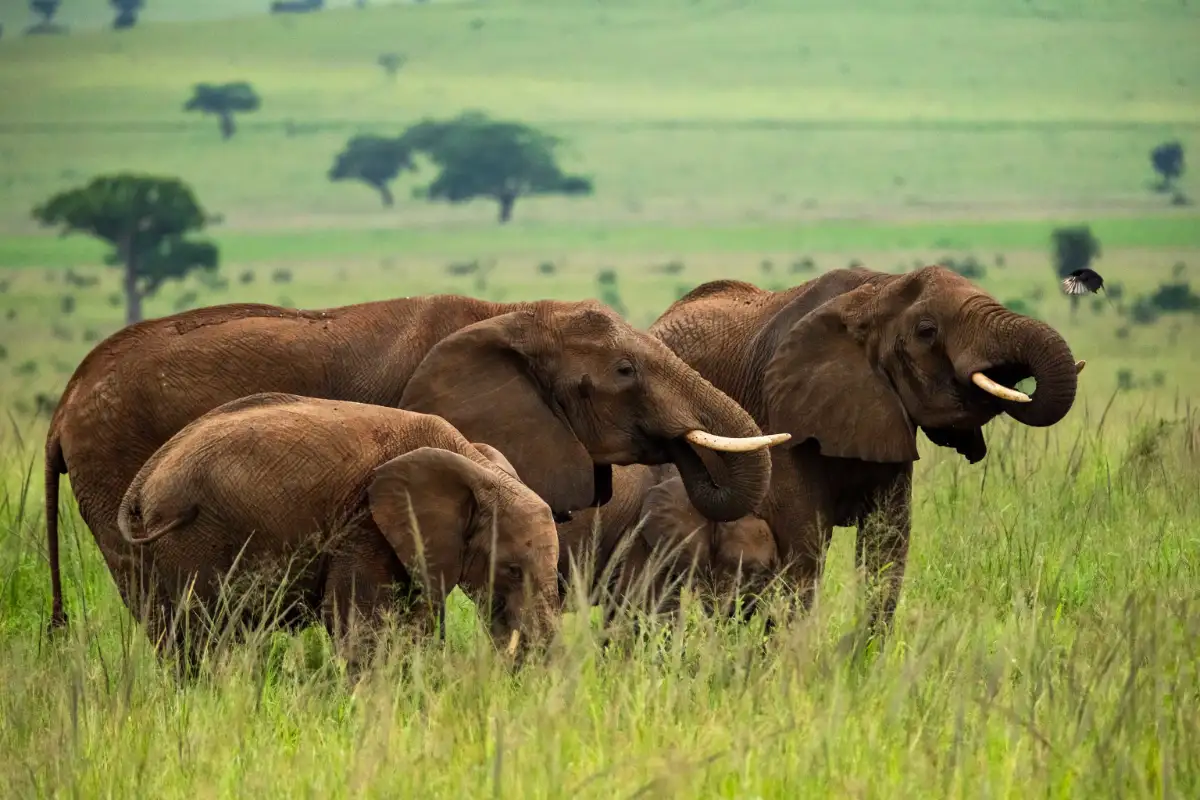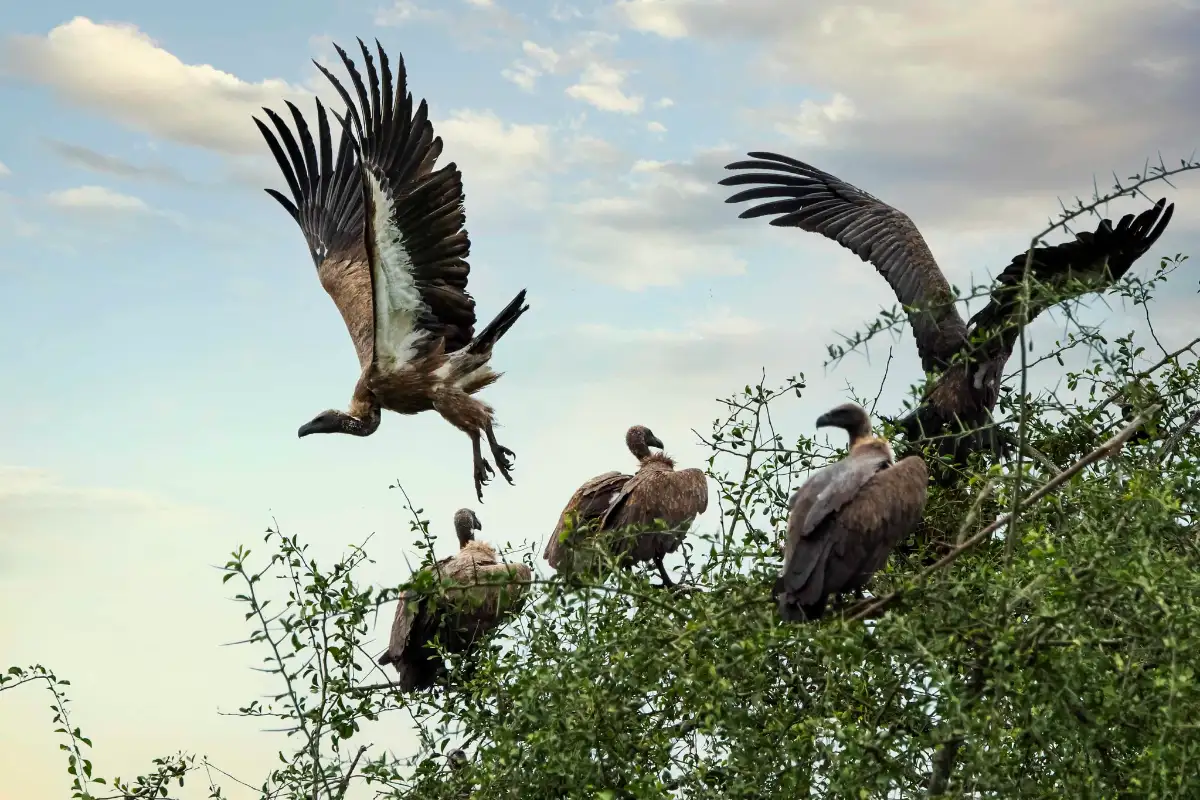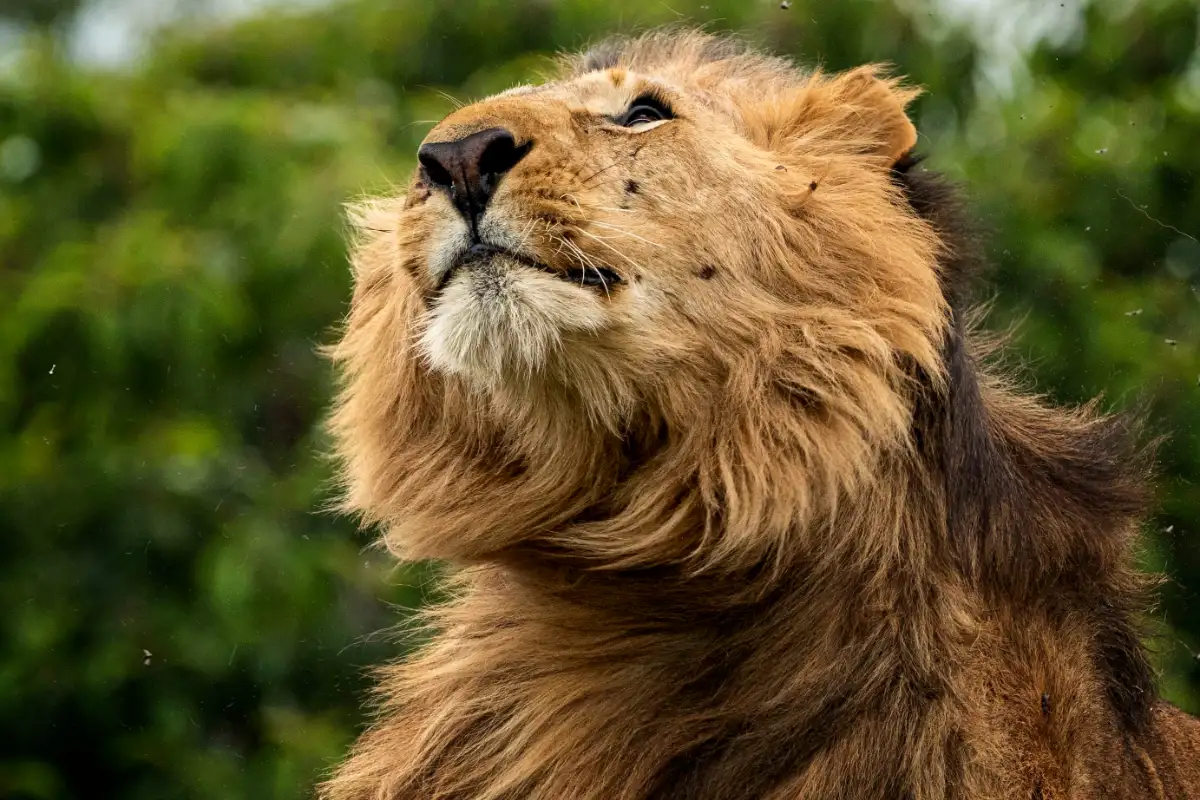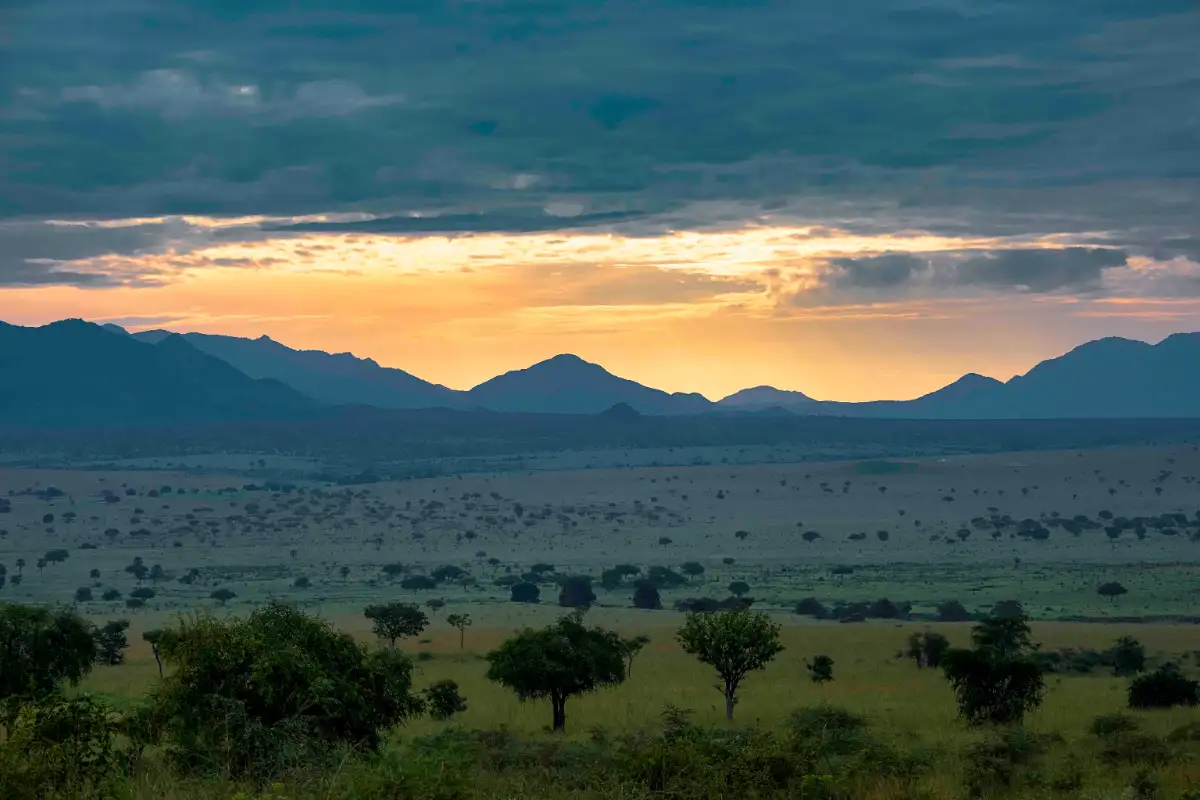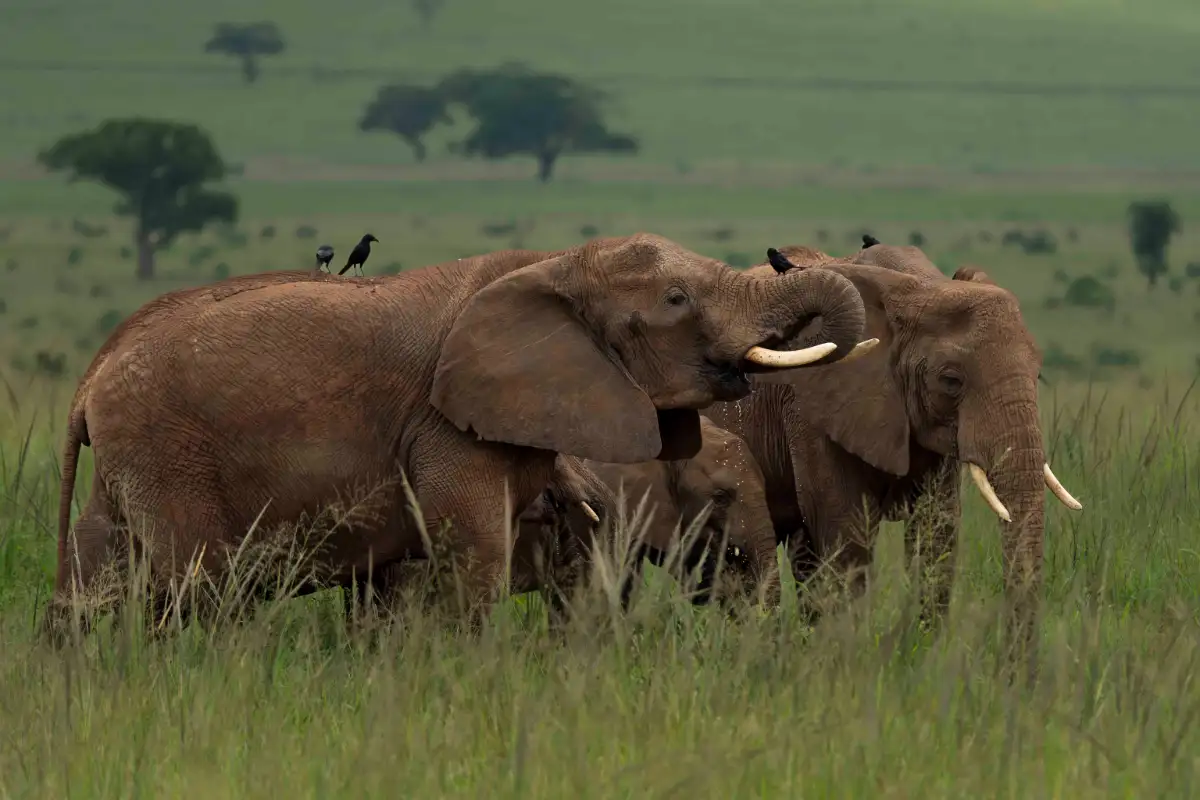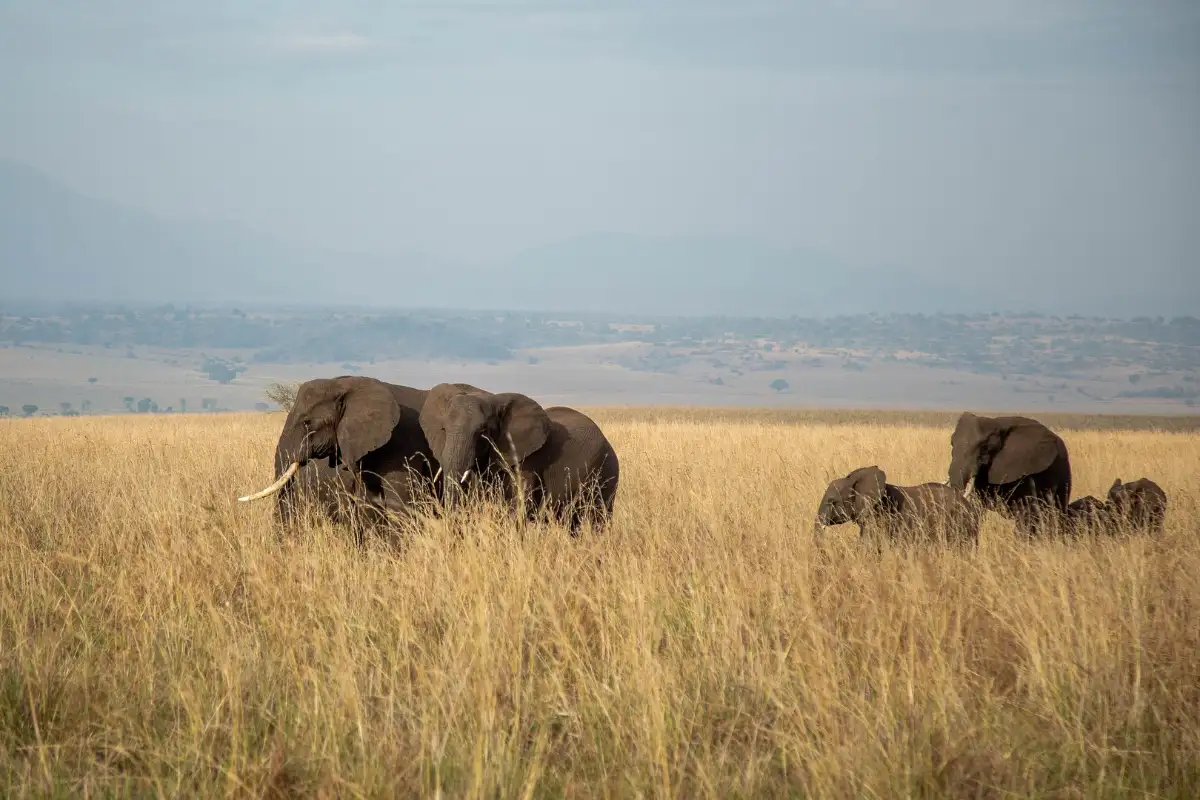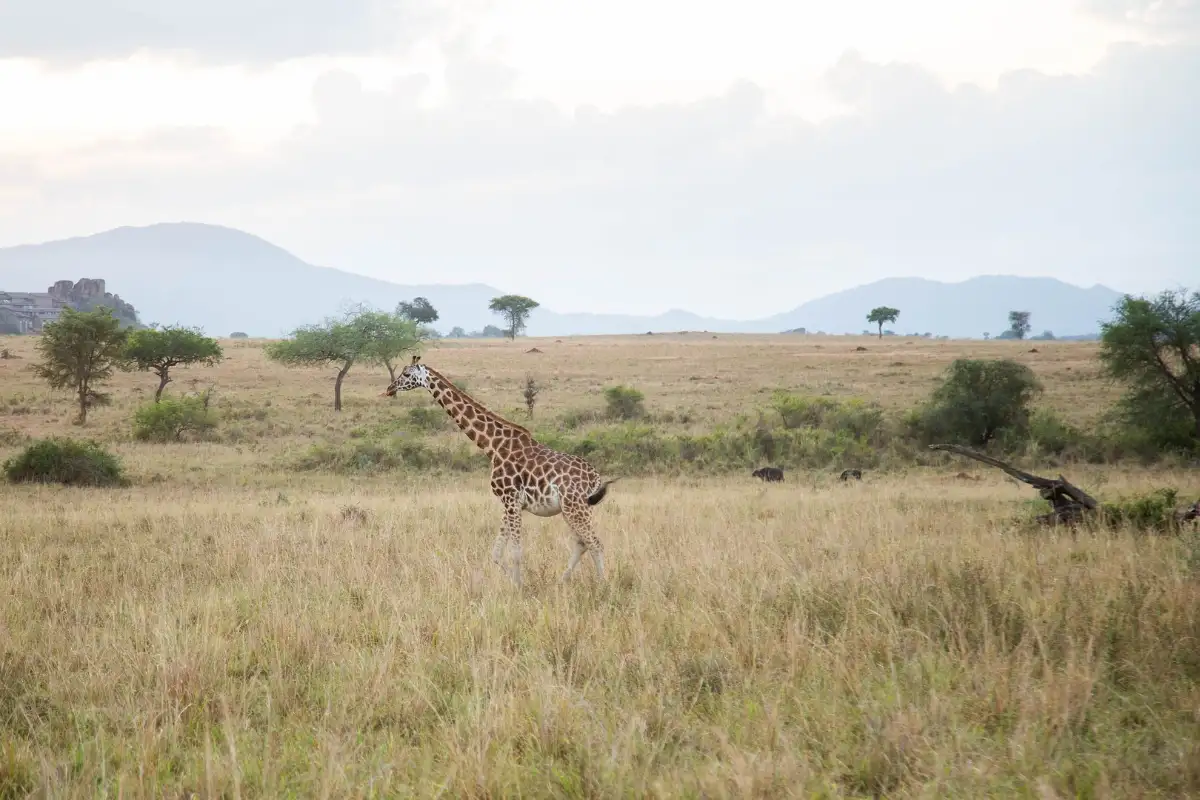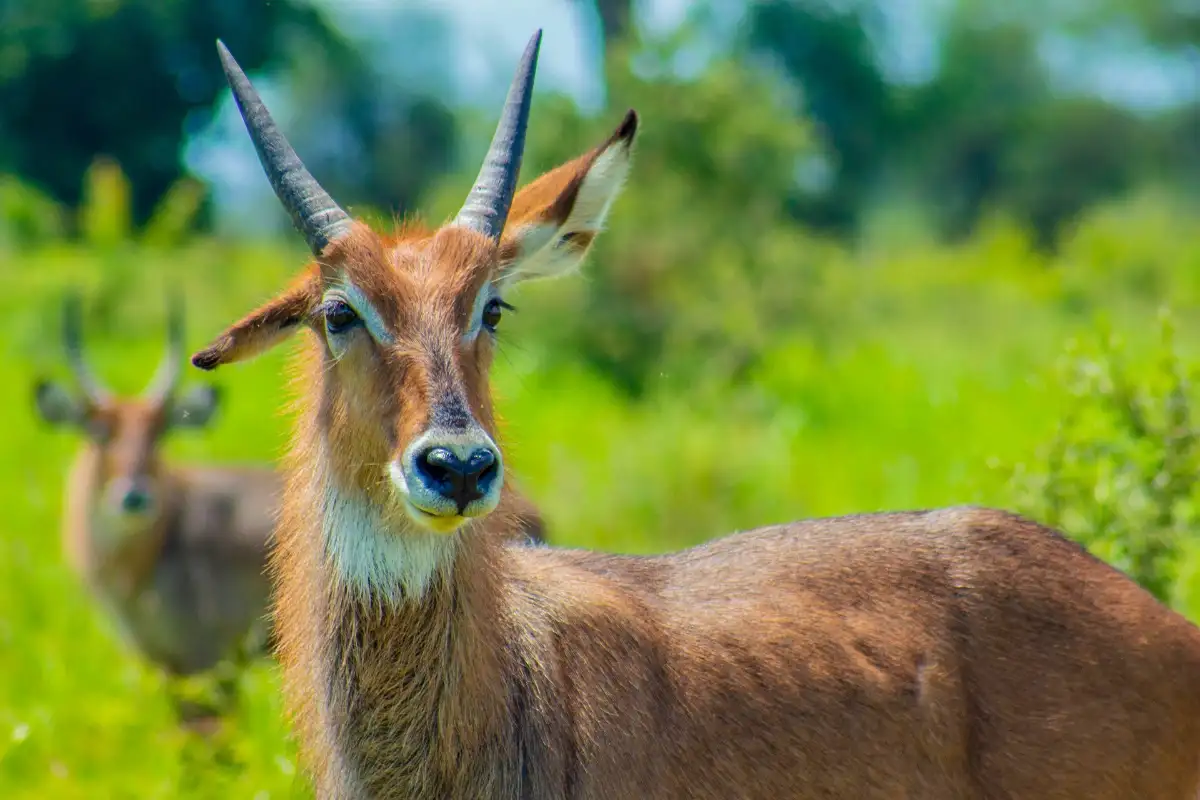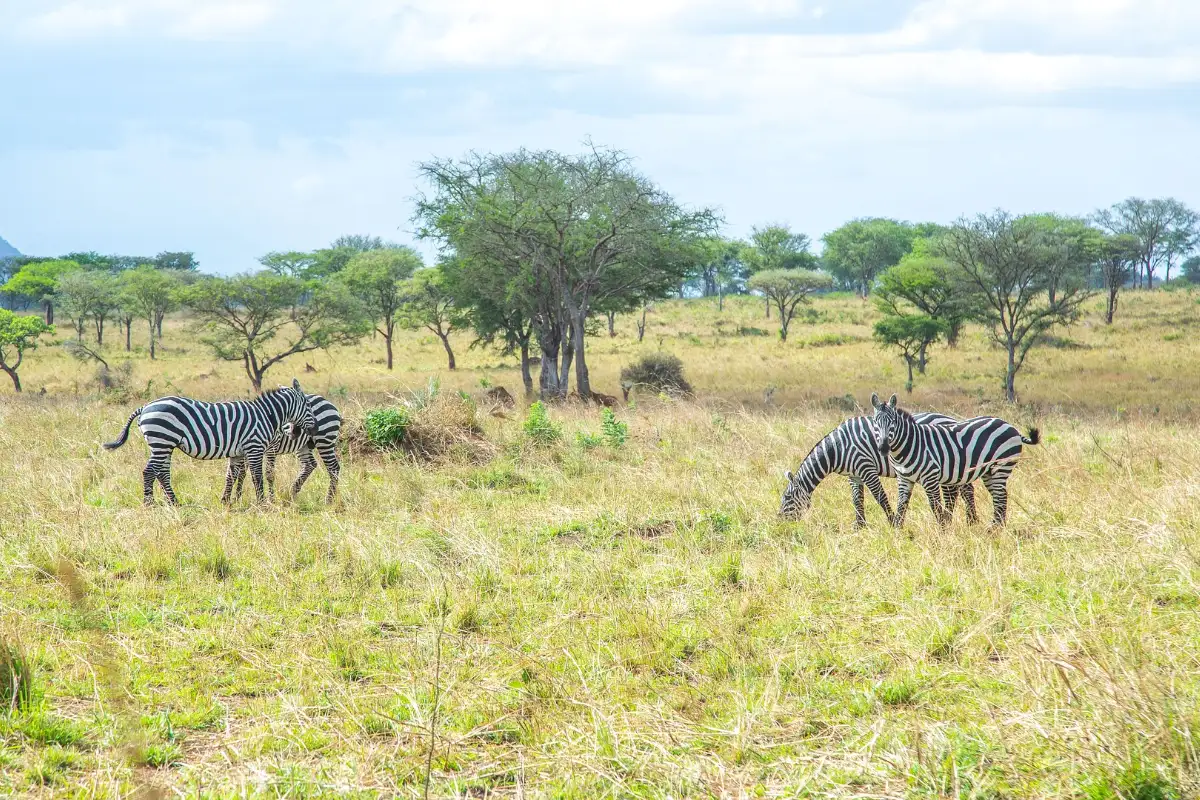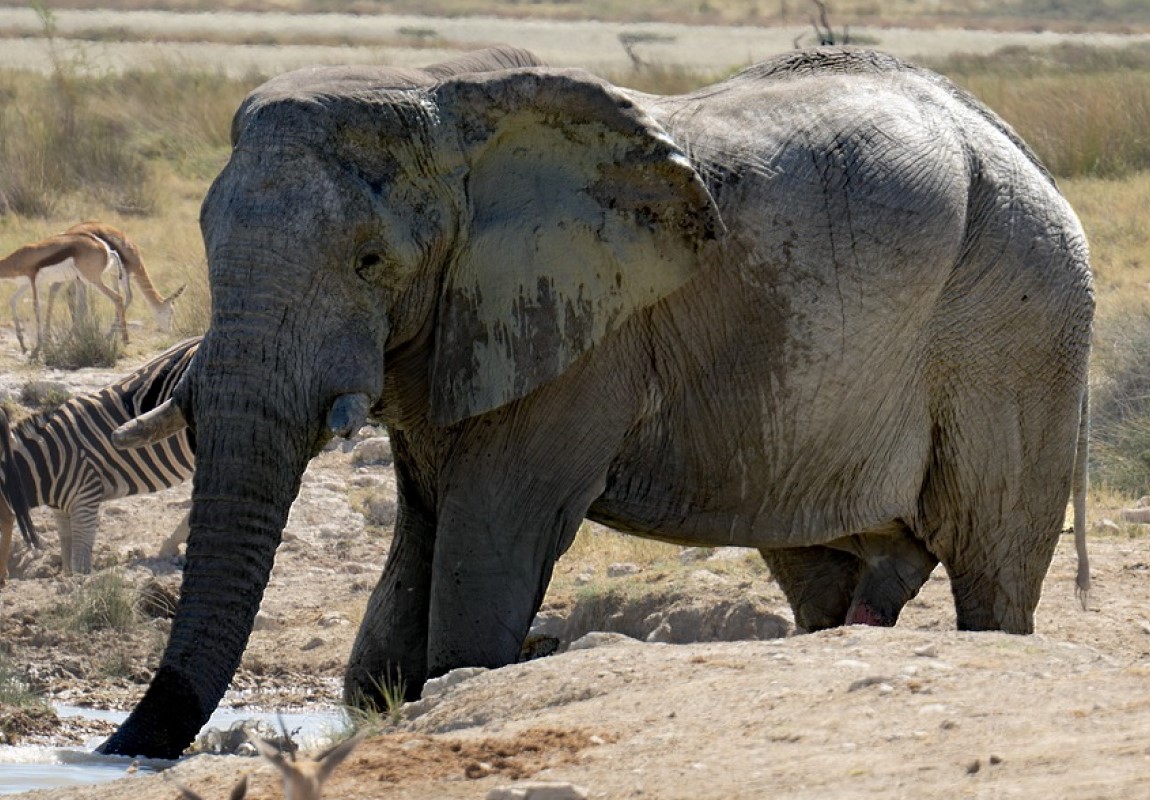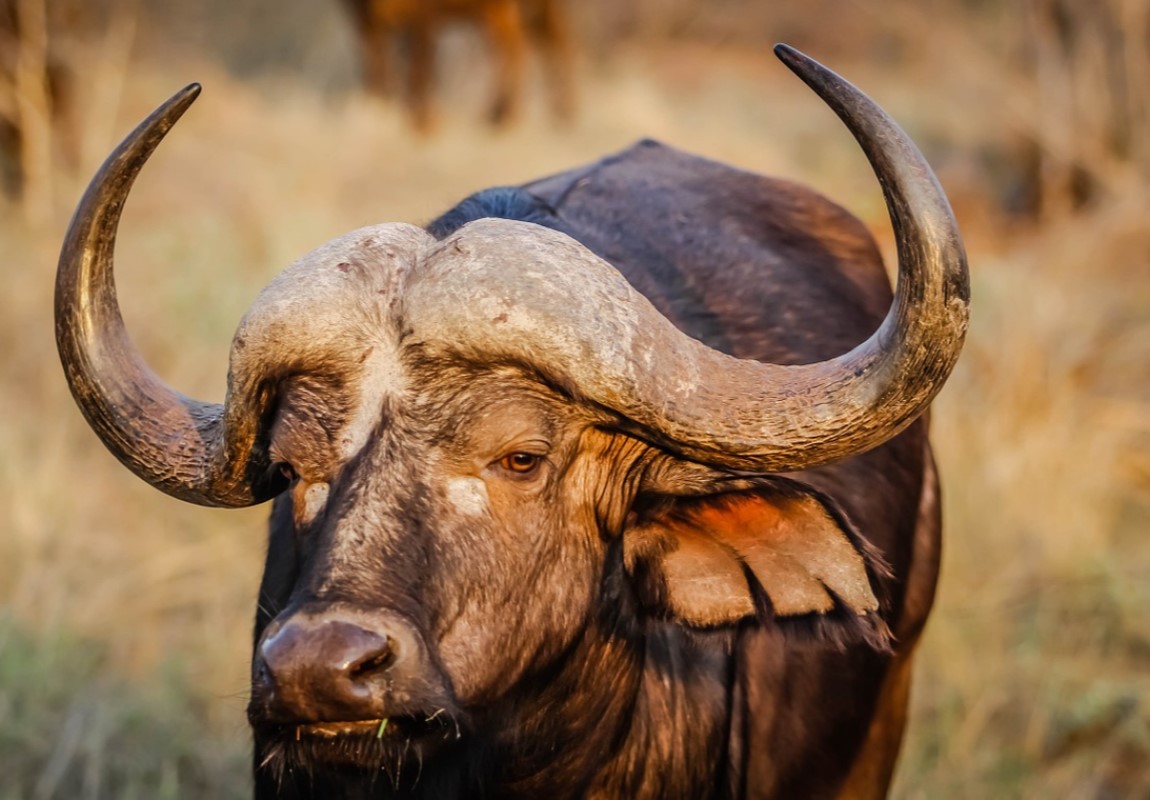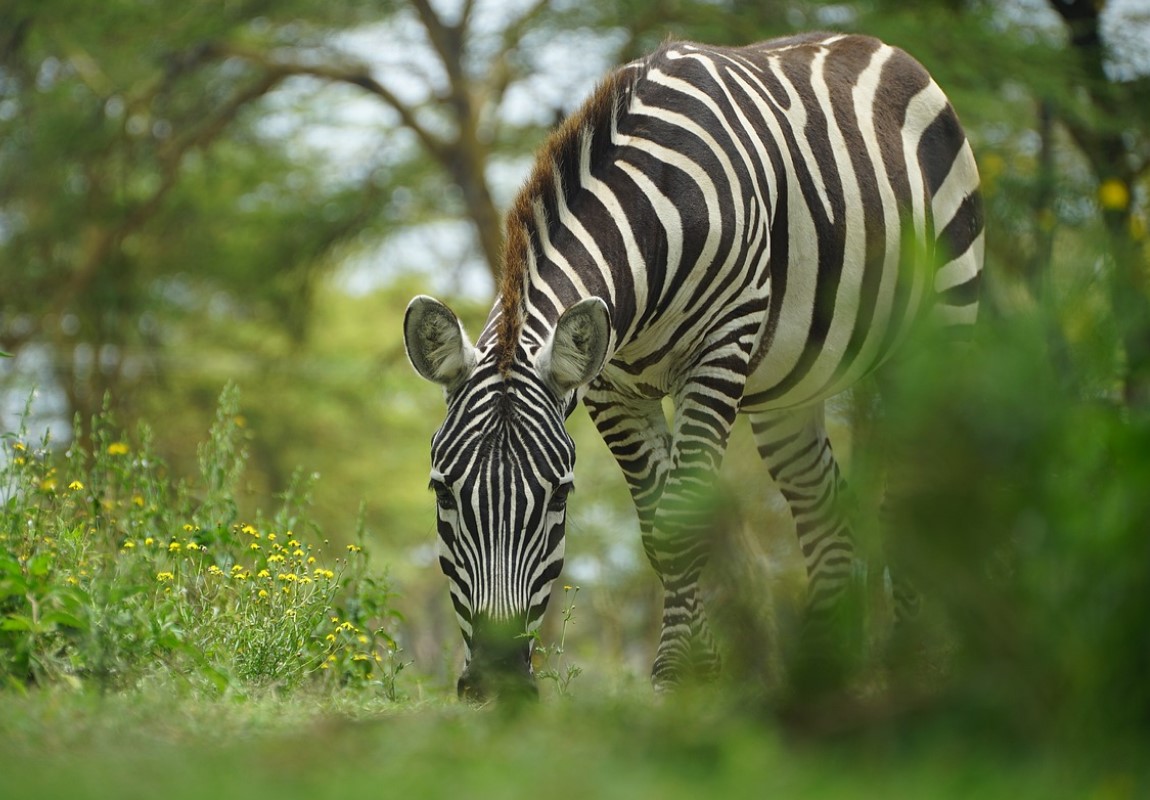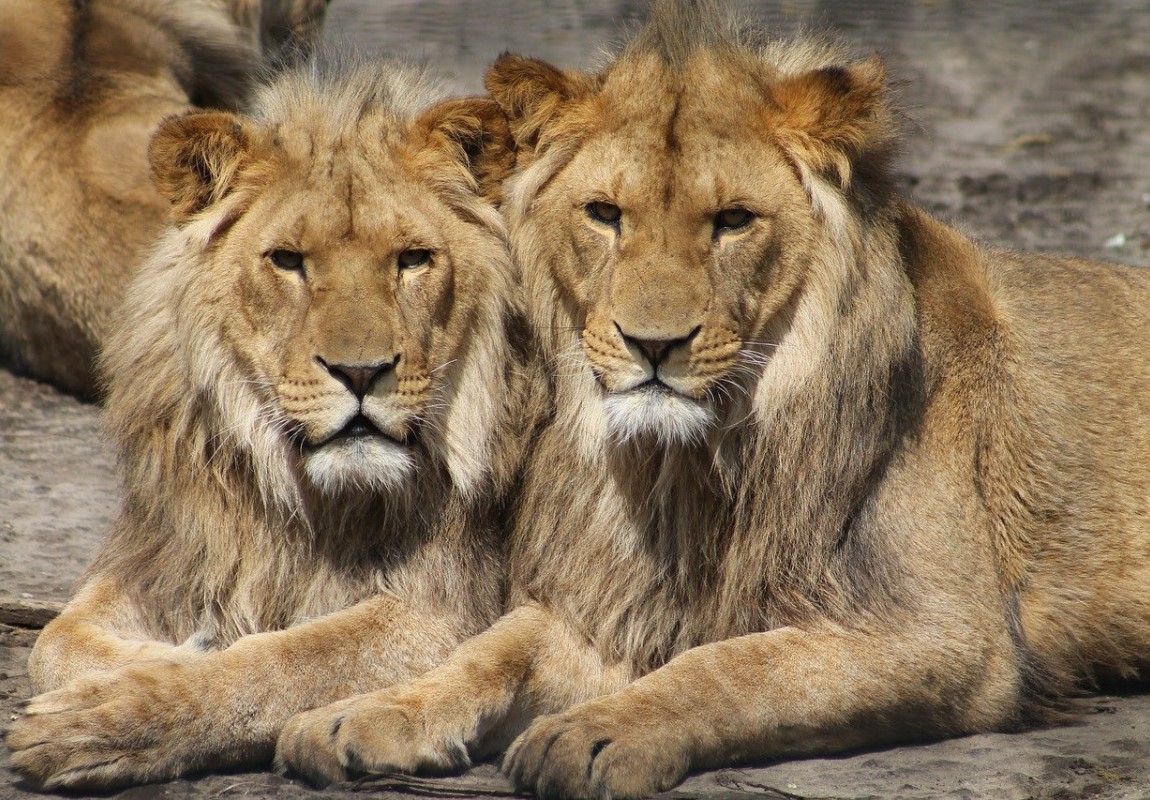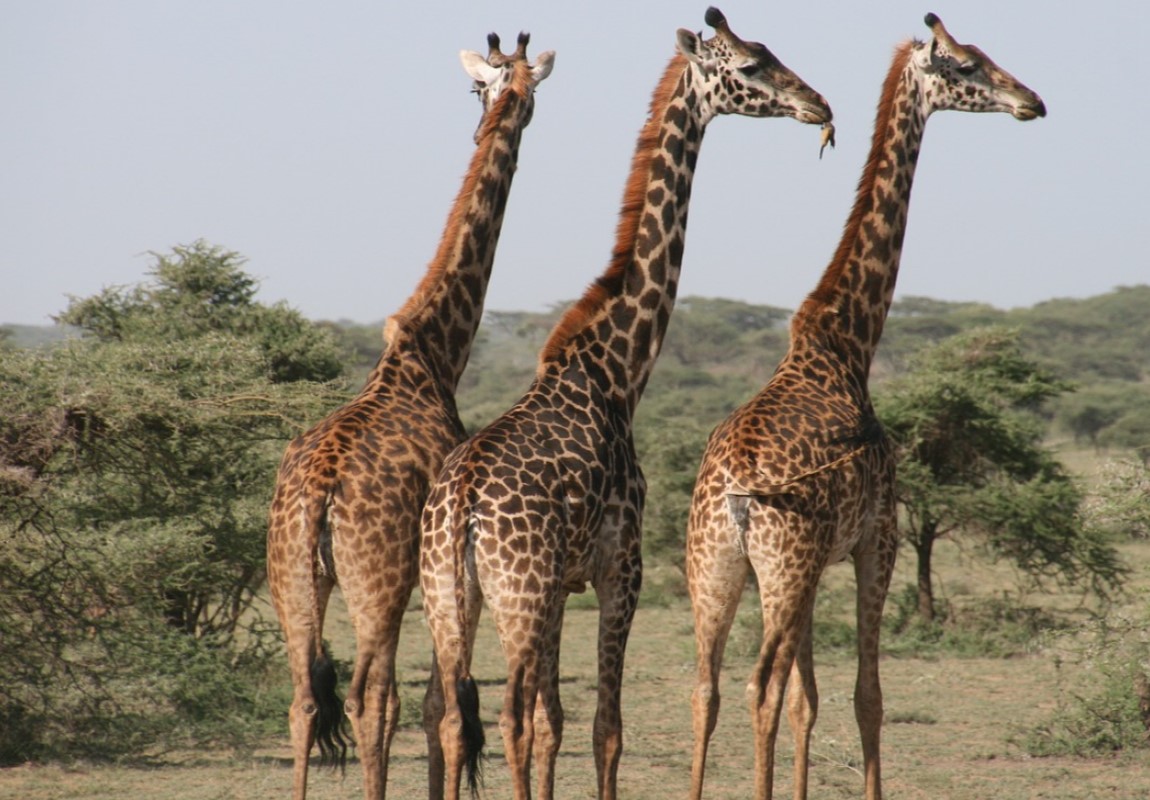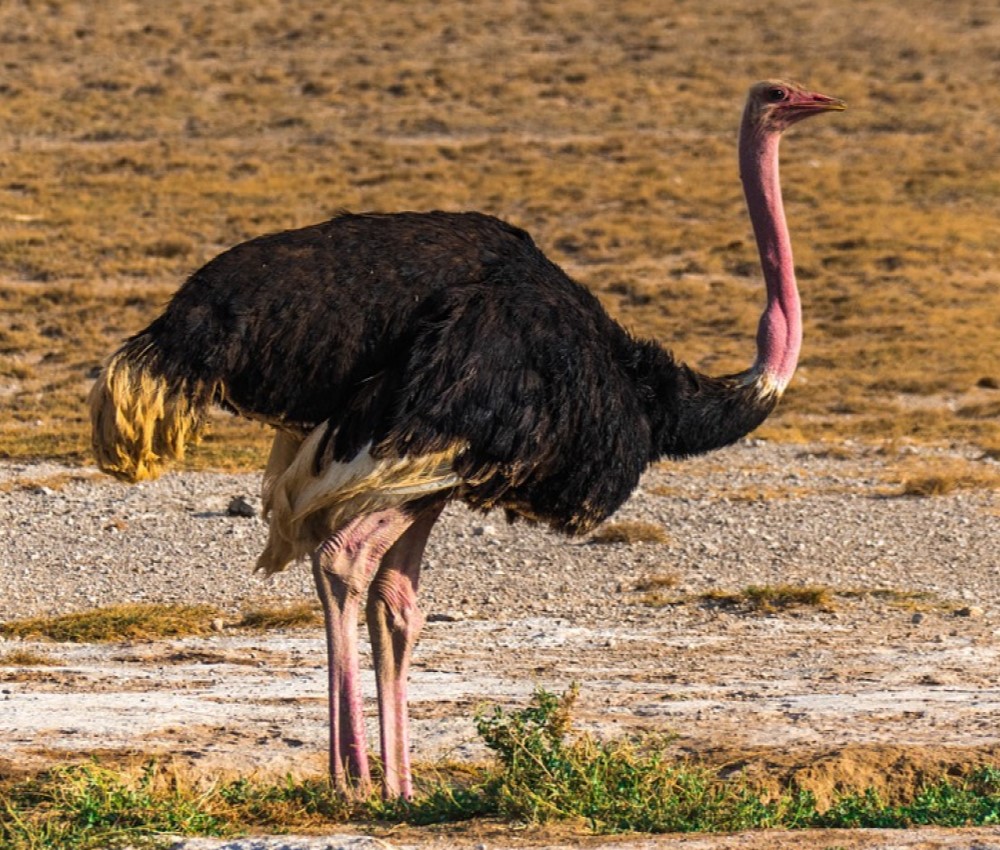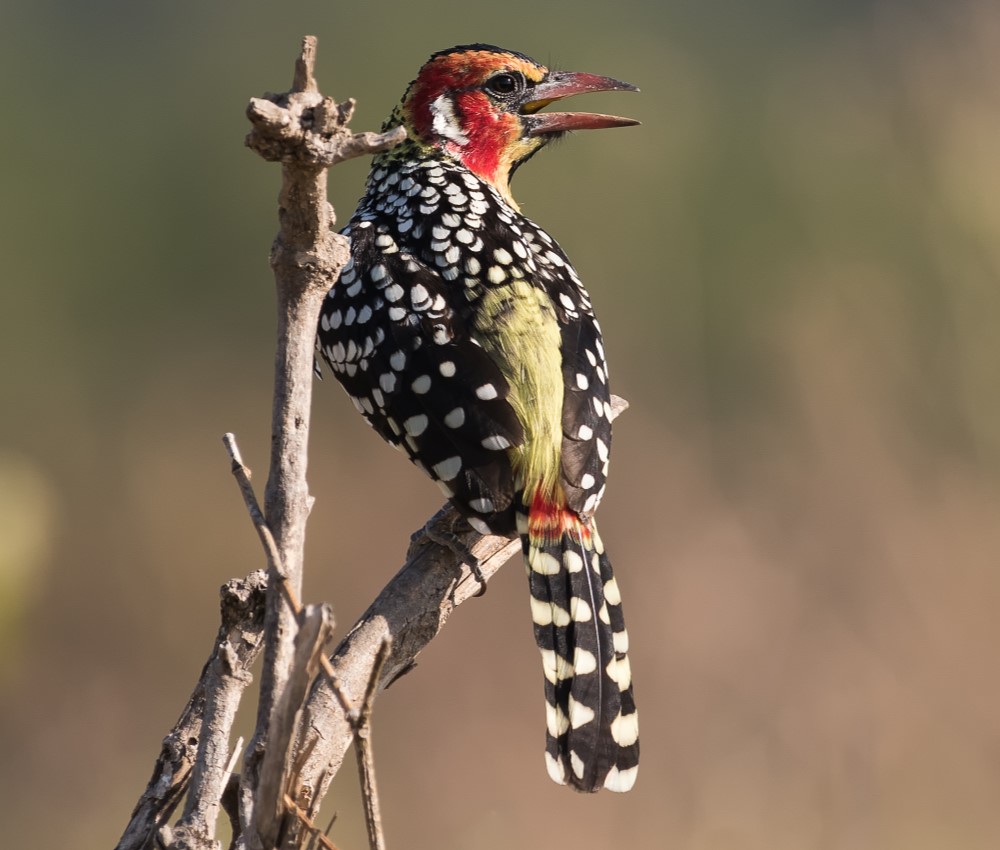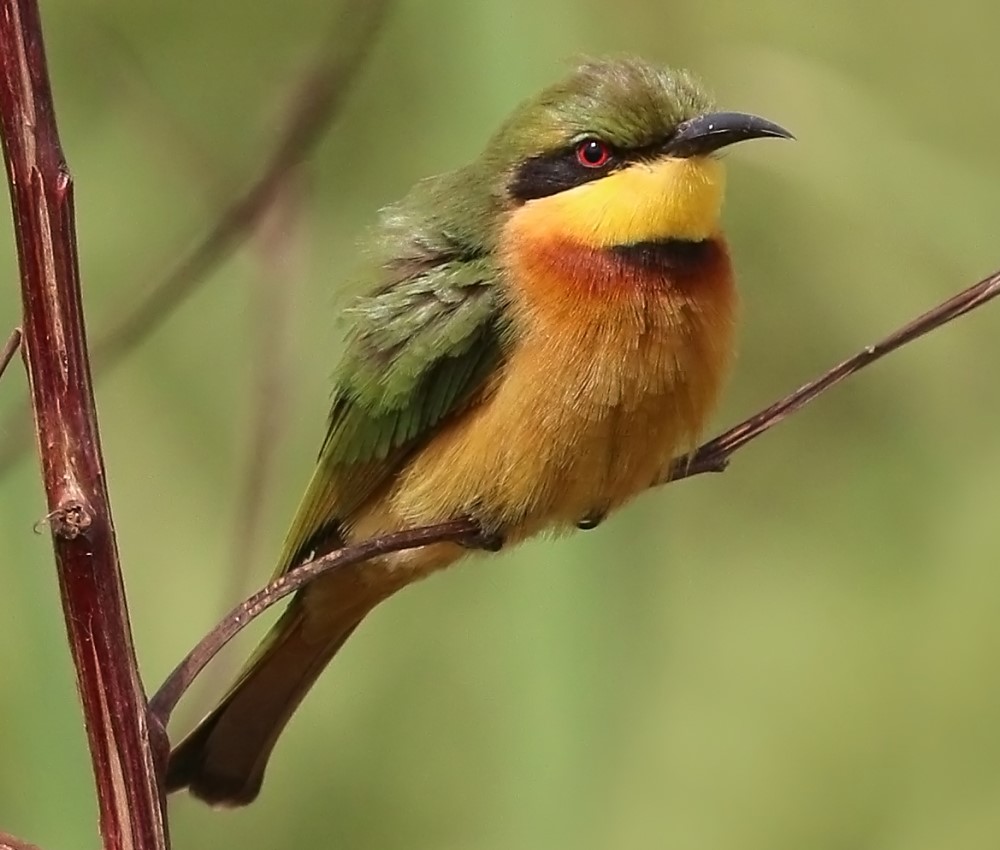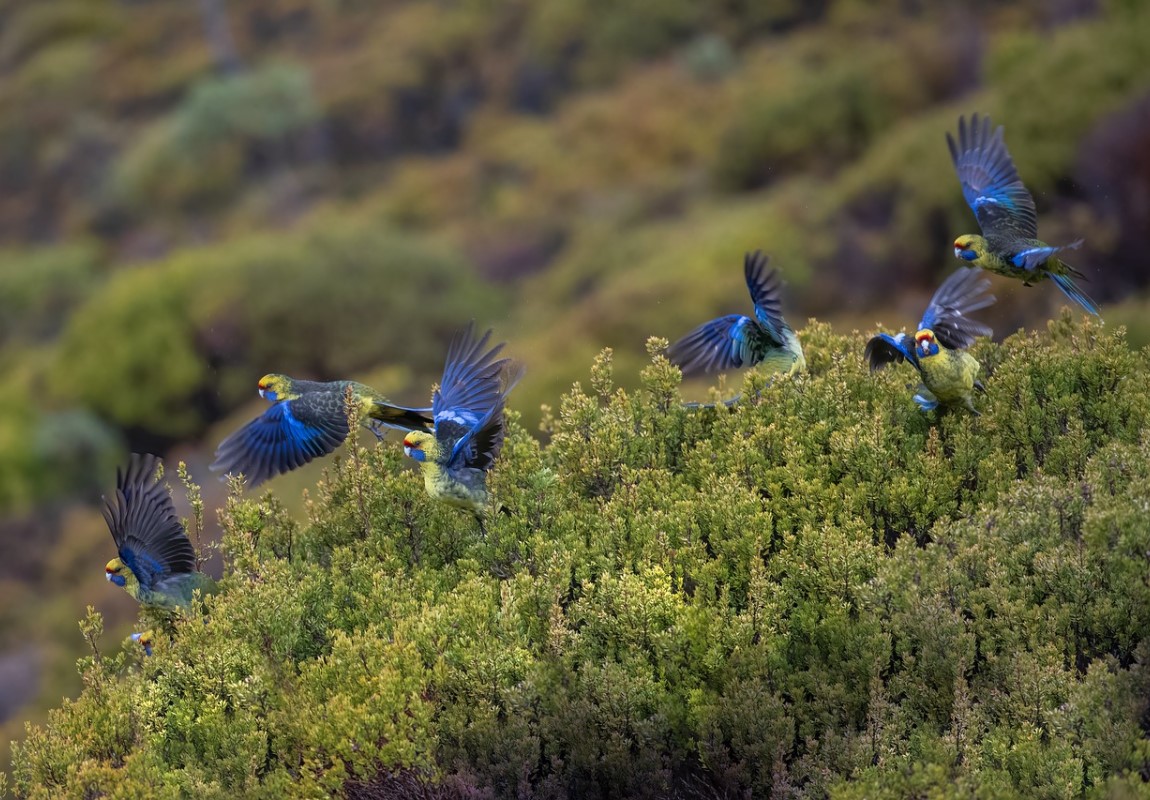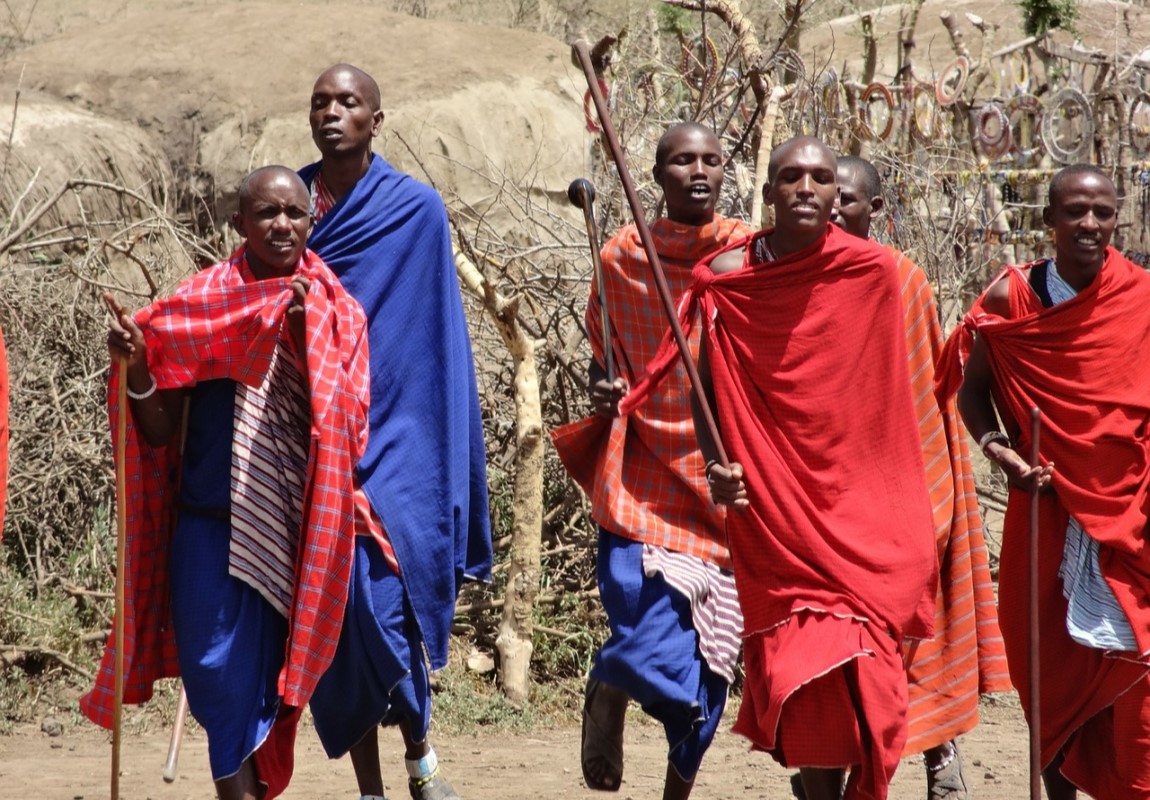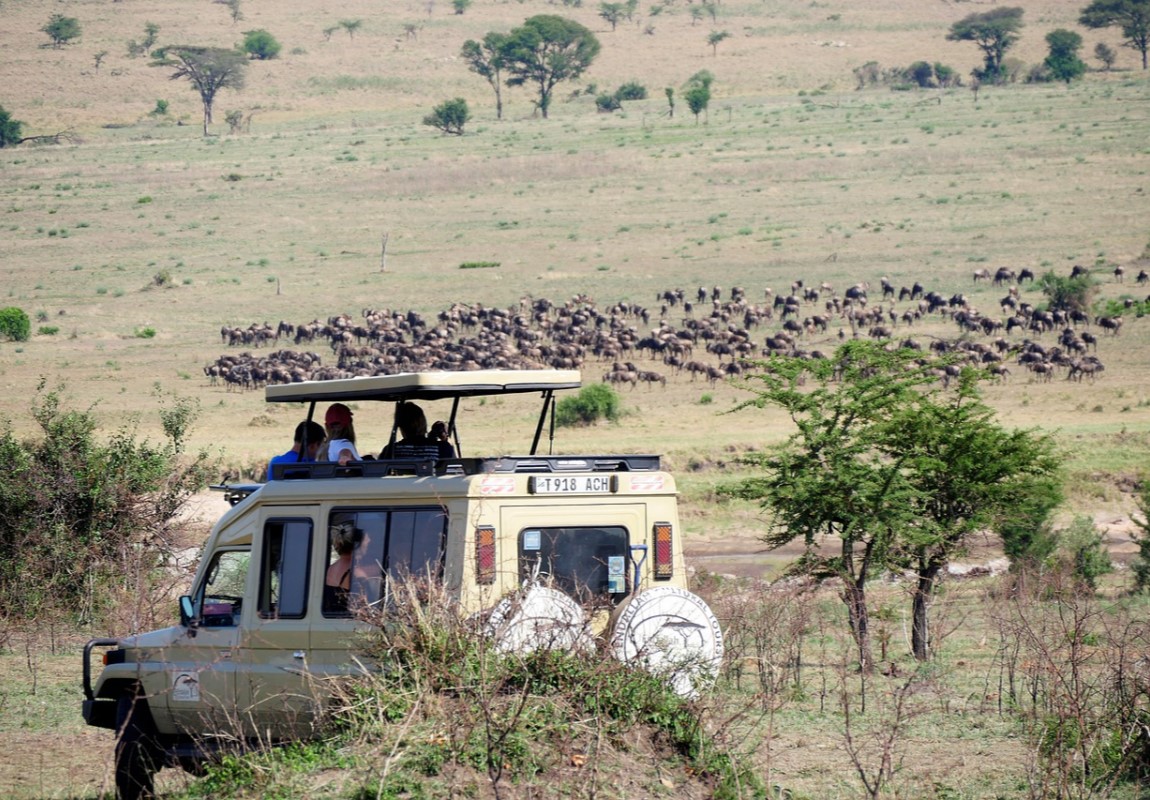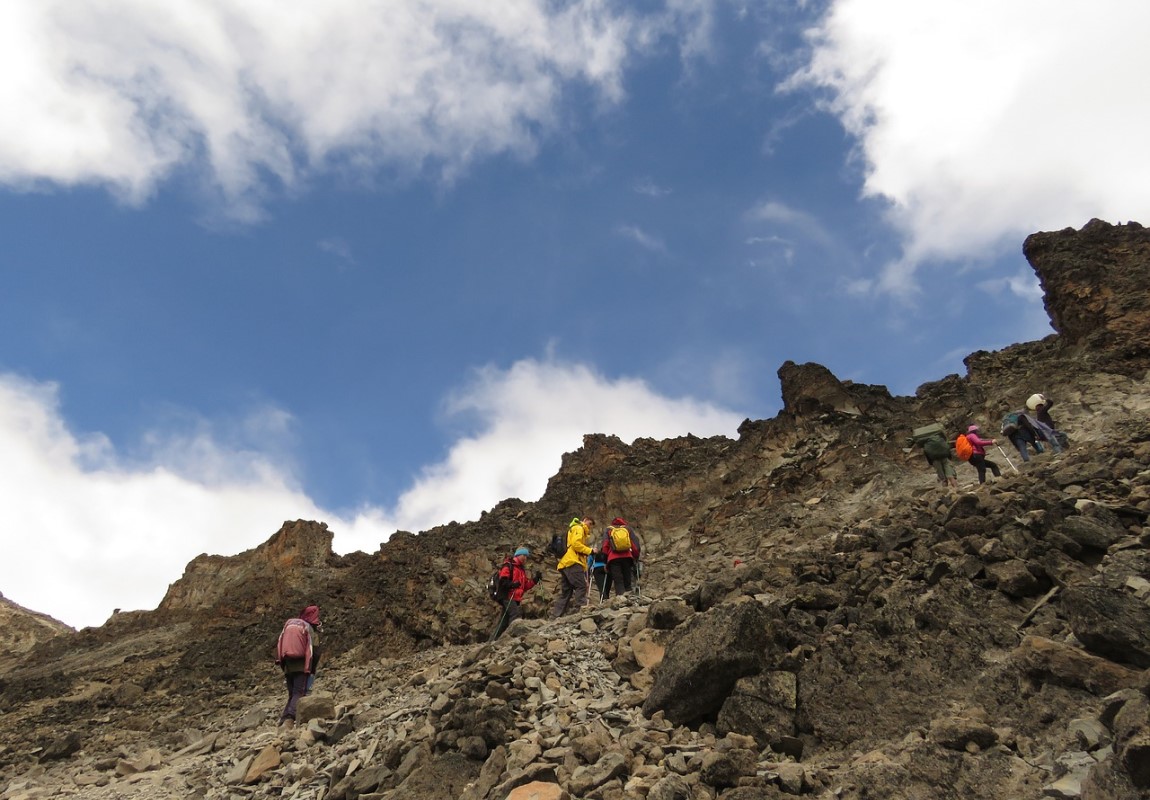Kidepo Valley National Park 
Kidepo Valley National Park - Uganda Wildlife Destination
Starting from
$750PP
Overview
Kidepo Valley National Park is Uganda’s most remote and isolated park, yet breathtaking, admirable and unspoiled, waiting to be discovered. Kidepo is rugged savannah, dominated by the 2,750 metres (9,020 ft) Mount Morungole and transected by the Kidepo and Narus rivers. Streams in the Kidepo Valley are likewise dotted with palms. Higher areas have whistling thorn acacias bushes. It has outstanding wildlife viewing during the Dry season, featuring several species not encountered anywhere else in the country.
Pros & Cons
- The dry season is the best time for an amazing wildlife experience
- Some of the species can be only found here as compared to other parks of Uganda
- Gives the best Birding experience
- Many accommodation options are available
- Amazing views over the Narus Valley
- Very remote & isolated and comparatively expensive
Map in Uganda
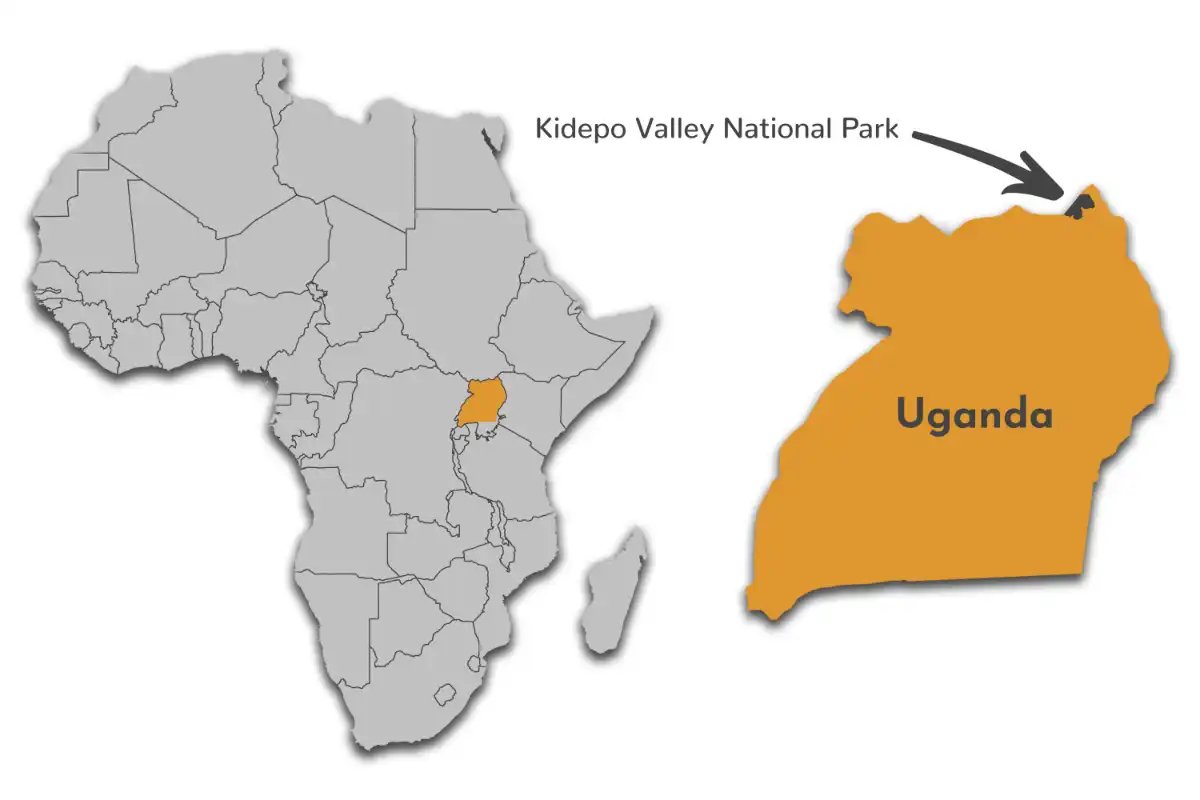
Want to Visit Kidepo Valley National Park?
Gallery Images
Explore the stunning beauty of Kidepo Valley National Park through our curated collection of photographs showcasing its landscapes, wildlife, and natural wonders.
Want to Visit Kidepo Valley National Park?
Wildlife & Animals
Most of the park is open tree savannah. Perennial rains may make Kidepo an oasis in the semi-desert, but its tract of rugged savannah is home to 77 mammal species, with 28 of its resident species not found in any other Ugandan park. The park has seen an amazing recovery of mammal species in recent years and has a healthy population of large mammals, including the elephant.
Wildlife Highlights
Large species that can be spotted regularly are zebras, warthogs, Rothschild’s giraffes, buffaloes, reedbucks and waterbucks. Lions, leopards, spotted hyenas and black-backed and side-striped jackals are some of the carnivores residing within the park, and cheetahs can only be seen in this Ugandan park.
Best Time for Wildlife Viewing
The park can be visited all year round for wildlife viewing. The best time for wildlife viewing is in the Dry seasons from November to February as animals gather around rivers and waterholes. During the wet seasons from April to August, most of the animals disperse from the valleys and move to higher ground, where it's difficult to locate them.
Want to Visit Kidepo Valley National Park?
Birds
For the birder, Kidepo Valley National Park boasts a bird list of over 500 species, a total second only to Queen Elizabeth National Park. Birding can be done on the fringes of the Narus and Namamukweny Valleys. Among the birds seen are the Abyssinian Roller, Purple Heron, Abyssinian Ground Hornbill and Clapperton's Francolin, which is found only in Kidepo.
Best Time for Birding
Birding can be done all year round in Kidepo Valley but it's best in March to April for all the specials and the many migrants. During heavy rainfalls in March and April, it's difficult for bird watch. Rainfall is not much of a concern in this semi-arid part of the country. Migratory birds are in the valley from November to April.
Want to Visit Kidepo Valley National Park?
Best Time to Visit – Kidepo Valley National Park
The park can be visited all year round for wildlife viewing. The best time for wildlife viewing is in the Dry seasons from November to February as animals gather around rivers and waterholes. During the wet seasons from April to August, most of the animals disperse from the valleys and move to higher ground, where it's difficult to locate them.
September to March (Dry Season)
- Animals are found more easily since they gather at water sources
- Days are lovely and sunny
- The views aren't that great as the sky is hazy
- It is very arid and dusty
April to August (Wet Season)
- Migratory birds can be found, and the best time for birding
- The air is clear, and landscapes are green
- The heat is less oppressive
- Animals disperse from the valleys and move to higher ground, where it's difficult to locate them
Want to Visit Kidepo Valley National Park?
Activities
Explore popular activities available in and around Kidepo Valley National Park.
Want to Visit Kidepo Valley National Park?
No FAQs available for this park yet.

 English
English French
French